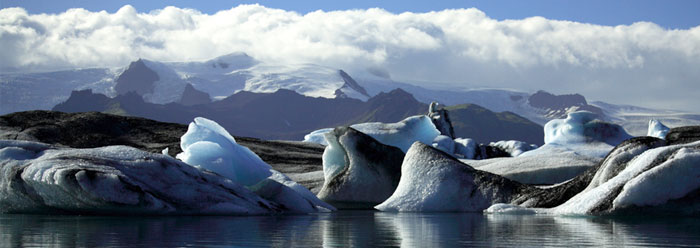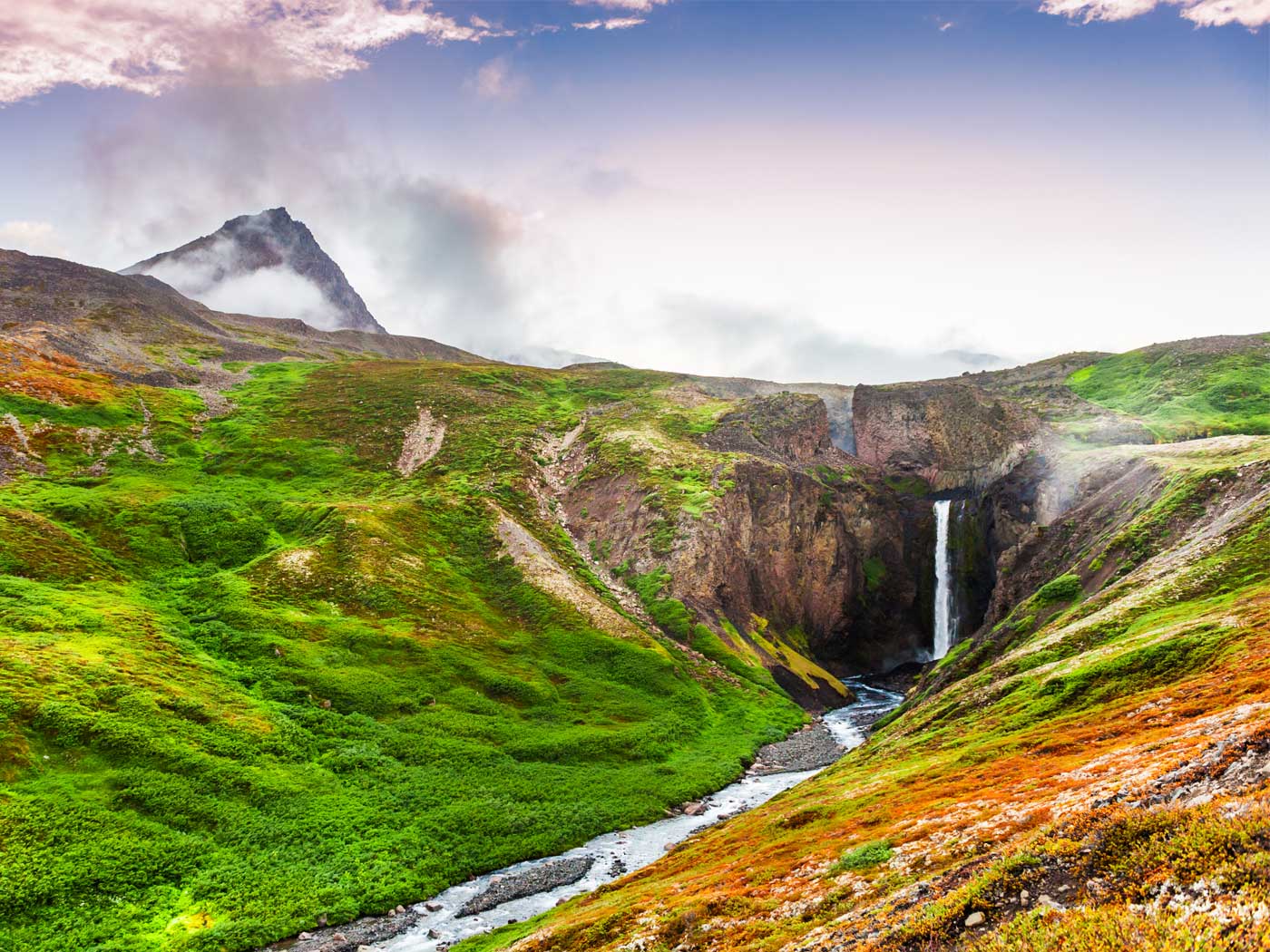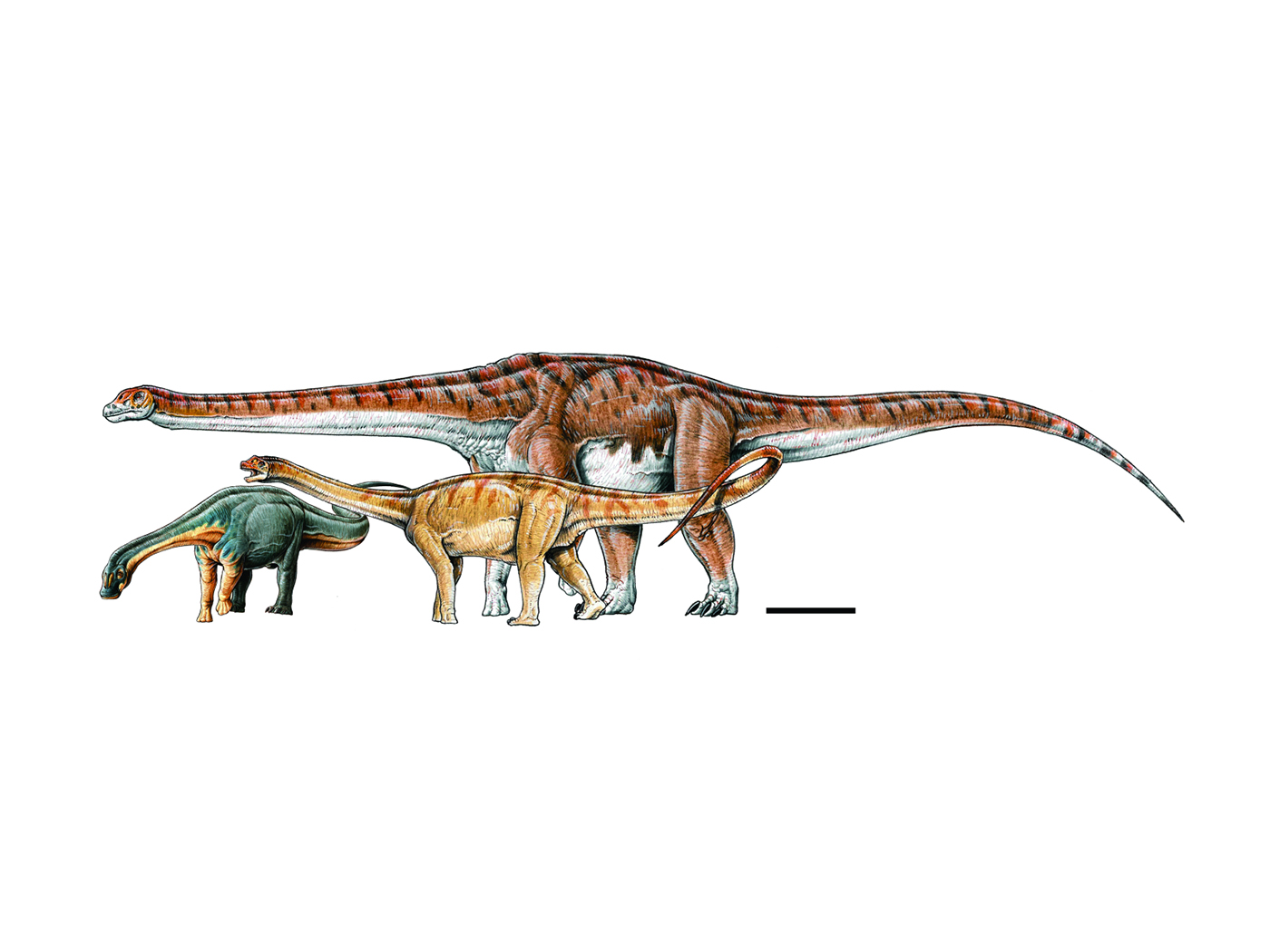A fossilized turtle shell, along with a host of lithified tropical plants and animals, has been discovered on Axel Heiberg Island in the High Canadian Arctic.1 This new find presents an enigma to those who believe that present processes are the key to interpreting the past (a view known as uniformitarianism).
Less than 700 miles from the North Pole, the average temperature of Axel Heiberg is about minus 20 degrees Celsius. While some reptiles today live in remote and intermittently cold climates, all indications are that these fossilized plants and animals lived in a warm, tropical climate. Indeed, a champsosaur, a crocodile-like creature that most likely favored warm environments, was found on the same island in 1998.2
The fossils were found in “Cretaceous” rocks, which evolutionary scientists date as being roughly 100 million years old. But the breakup and dispersion of the huge original landmass of Pangaea supposedly occurred around 100 million years prior to that. Therefore, during the time these tropical animals and plants were living, the North American continent must have been physically close to where it is today. But with the days so short and the nights so long at those latitudes, a tropical setting there is practically impossible. So how could a tropical Asian turtle, along with dinosaurs, crocodilians, other turtles, and cycad trees, possibly have lived within the Arctic Circle, let alone have been fossilized there?
One solution to this dilemma relies upon the principle that the biblical historical accounts are accurate. According to this history, the breakup of earth’s single landmass did not happen millions of years ago, but occurred during Noah’s Flood merely thousands of years ago. This singular event also was the source of the water and energy that rapidly buried and fossilized the wide range of different life forms that had thrived in the tropical environments of the pre-Flood world.
During the year-long Flood, the landmass of that time was fragmented, perhaps when the “fountains of the great deep [were] broken up.”3 In one model presented by geophysicist John Baumgardner, the new continents rapidly migrated to their present positions, carrying with them their fossil-laden sedimentary layers.4 Creation scientist Michael Oard alternatively proposed that these fossilized arctic creatures may have been caught in giant root masses, whole forests that were ripped up and transported during the Flood.5 Piecing this puzzle together from a creationist perspective will require more work, but a plausible interpretation of the data is nearly impossible under uniformitarian constraints.
Earth processes of today move at a turtle’s pace—far too slow to provide the high energy that would have been needed for the fossilization and continental migration that clearly happened. God’s Word provides the key for science to emerge from its shell of old-age thinking into the light of earth’s real history.
References
- Vandermark, D. et al. 2009. New Late Cretaceous macrobaenid turtle with Asian affinities from the High Canadian Arctic: Dispersal via ice-free polar routes. Geology. 37 (2): 183-186.
- Tarduno, J. A. et al. 1998. Evidence for Extreme Climatic Warmth from Late Cretaceous Arctic Vertebrates. Science. 282 (5397): 2241-2244.
- Genesis 7:11.
- Baumgardner, J. R. 2003. Catastrophic Plate Tectonics: The Physics Behind the Genesis Flood. Proceedings of the Fifth International Conference on Creationism. Pittsburgh, PA: Creation Science Fellowship, 113-126.
- Oard, M. 2000. Atropical reptile in the ‘Cretaceous’ Arctic: Paleofauna challenge to uniformitarianism. Technical Journal. 14 (2): 9-10.
* Mr. Thomas is Science Writer at the Institute for Creation Research.
Article posted on March 19, 2009.






















